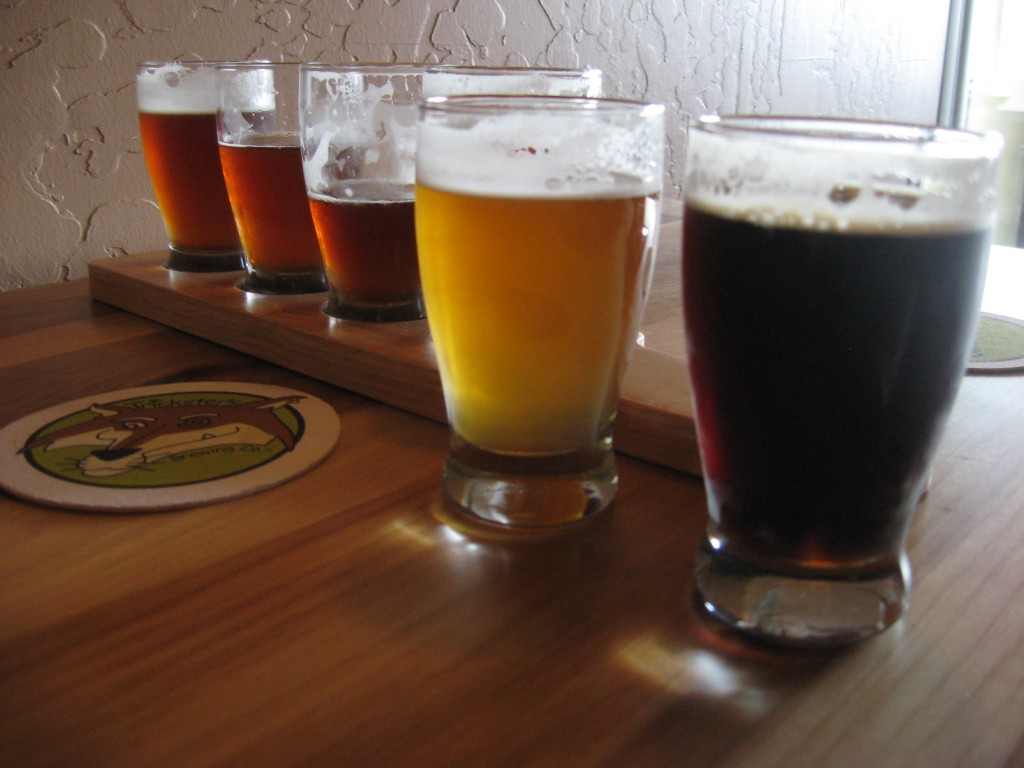
Written by Andy Sparhawk and the staff at craftbeer.com
 You probably know that hops provide much more to craft beer than just bitterness, but how much do you really know? After a recent trip to Hopunion’s Hop & Brew School in Yakima, WA, CraftBeer.com’s Andy Sparhawk returned with his mind officially blown! Here are just a few of his revelations about this amazing plant:
You probably know that hops provide much more to craft beer than just bitterness, but how much do you really know? After a recent trip to Hopunion’s Hop & Brew School in Yakima, WA, CraftBeer.com’s Andy Sparhawk returned with his mind officially blown! Here are just a few of his revelations about this amazing plant:
1. Hops grow clockwise, but not on vines. -Whaaahh?!
Hops are vigorous growers, averaging several inches a day at minimum. Maybe they shoot up because they plan their route? Hops always grow clockwise. On hop farms, they grow up heavy twine or rope, but in the wild they use other plants for support to get to sunlight. Oh, and hops are not vines, they’re bines. Whereas vines have suction cups and tendrils for support, hop bines have strong stems and prickly hairs to help in their ascent.
2. Some hops are alpha and others are “aromega.”
The hop market can be divided into two categories, alpha hops and aroma hops. Alpha hops refer to the higher percentages of alpha acid in certain varieties’ lupulin glands. Alpha hops provide more in the way of bitterness, while aroma varietals are lower in alpha acids and have a higher percentage of essential oils, which impart the characteristic flavors and aroma to beer.

 Even thinking about baking a pie from scratch is making me tired! First it’s the fancy French baking terms—personally, I think à  la mode is the only important one! Then it’s the obscure ingredients that you know you don’t just have lying around the kitchen—can we say finely chopped crystallized ginger?
Even thinking about baking a pie from scratch is making me tired! First it’s the fancy French baking terms—personally, I think à  la mode is the only important one! Then it’s the obscure ingredients that you know you don’t just have lying around the kitchen—can we say finely chopped crystallized ginger? Rumpkin Pumpkin Ale |
Rumpkin Pumpkin Ale |
You must be logged in to post a comment.